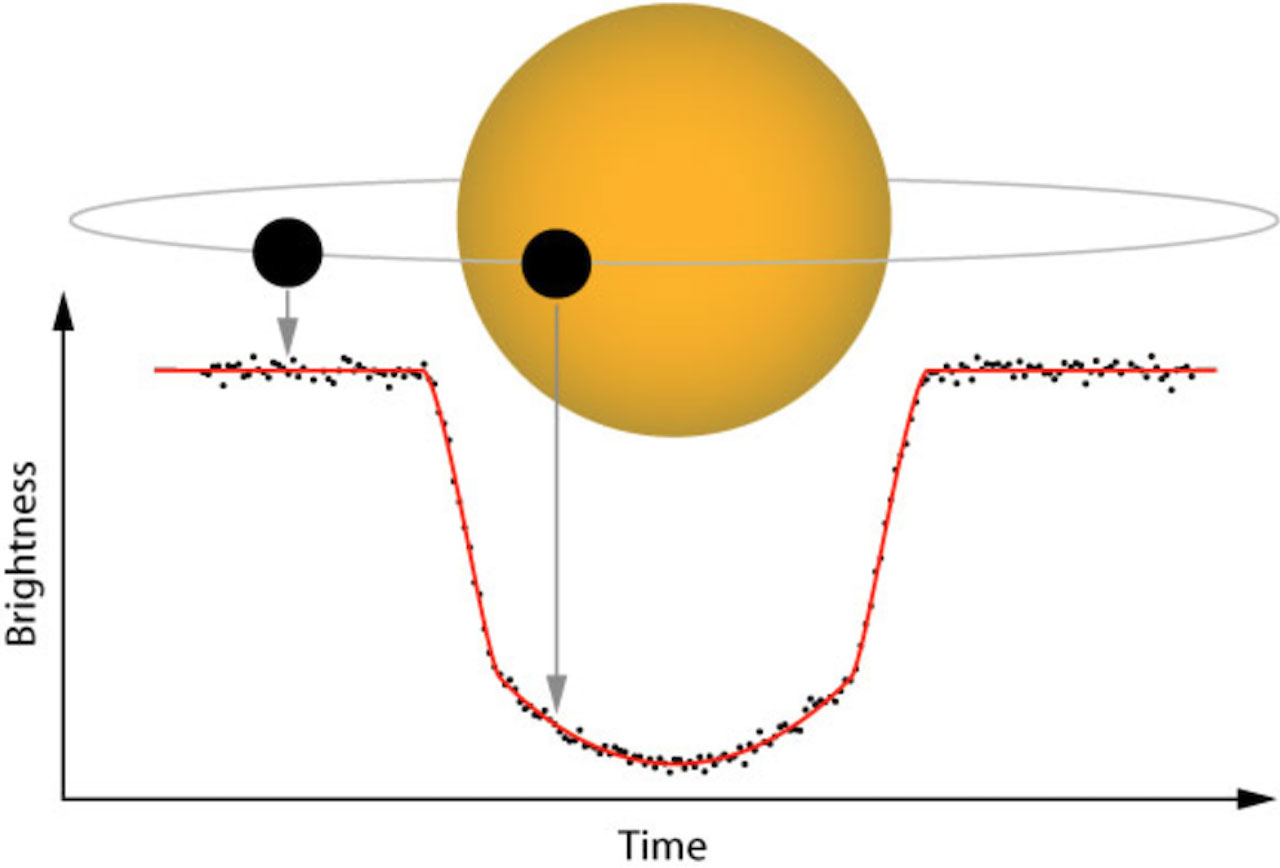Scientists are looking for new people to explore extraterrestrial planets orbiting stars outside our own solar system.
Space news or sci-fi movies that you like to watch almost every day, even though they are far from the truth, you can find your own planet and find your own planet. A journey beyond the world He may have dreamed of making it happen. While we have to poke our pockets even to change cities, this journey is closer to the distance, but you may be able to find planets.
Scientists for the NASA-funded Planet Hunters TESS project new people to explore extraterrestrial planets calling. Also, there are no requirements, such as experience, a crony-sergeant relationship, or graduation. Two things you need to have in order to discover new planets: a keen eye and patience.
Computer programs miss some planets:
As part of the study, images collected by the Next Generation Transit Observing NGTS telescopes at the European Southern Observatory (ESO) in Chile will be reviewed. Scientist and NGTS leader astrophysicist Peter Wheatley from the University of Warwick in England to explore planets some planets of computer programs, noting that it is exciting to include new people you overlooked expressed.
RELATED NEWS
NASA Announces Targeting Unmanned Flight to the Moon in 2022
To be included in the project, you can go to the Planet Hunters NGST page and apply without any fees and without getting stuck in the process. Wheatley, who made a statement about the project in which thousands of people were involved, said, “These will be the most unusual signals and possibly some of the most interesting planets. Humans are still smarter than machines and I can’t wait to see what our volunteers come up with.‘ he said.
“So how do we find out if the dots you see mean a planet?” if you say:

Cameras looking at a star in space analyze this image by taking a frame every 10 seconds. The graphic in the above figure shown to us is the image taken from the star in the images obtained from the star that the cameras focused on. change in brightness level over time. We see the dots.
too clearly drawing a ‘U’ shape at the bottom graphics indicate that a celestial body passes in front of a star. On the other hand, the length of this ‘U’ shape towards the bottom varies according to the size of the star and celestial body.
But what we’re going to look at in the chart is all this. We don’t need to know the technical details. Scientists just want to know what we see on the chart. The Turkish translations of the options presented to us are as follows:
- A U-shaped or box-shaped dip in the middle: A ‘U’ or box-shaped dimple in the middle.
- A V-shaped dip in the middle: A V-shaped dimple in the middle.
- No significant dip in the middle: There is no significant dip in the middle.
- Stellar Variability: Stellar variability (dots lined up in a heartbeat)
- A large data gap near the middle. (if part of the chart is blank)
Your answers are being studied and who knows, maybe you are helping the discovery of another planet.
Source :
https://www.sciencealert.com/scientists-need-your-help-in-identifying-new-extrasolar-planets-out-in-space
